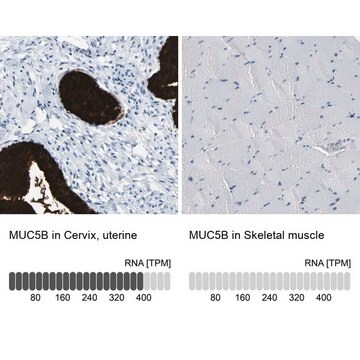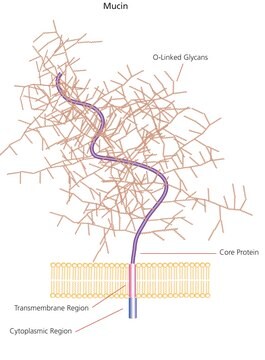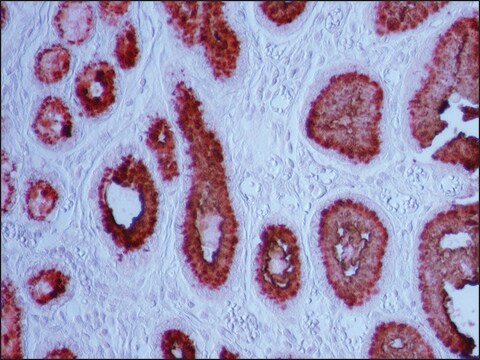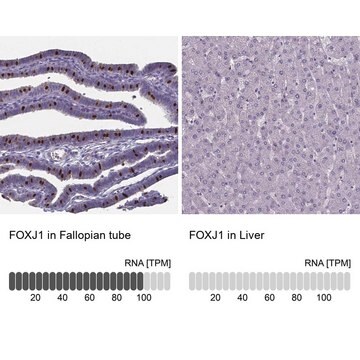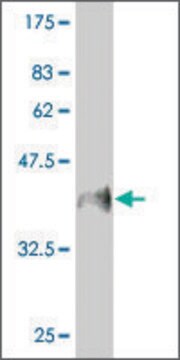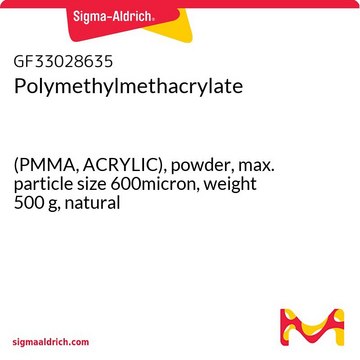MAB3826
Anti-Mucin 5B Antibody, clone 19.4E
clone 19.4E, Chemicon®, from mouse
Synonym(s):
MUC5B
About This Item
Recommended Products
biological source
mouse
Quality Level
antibody form
purified immunoglobulin
antibody product type
primary antibodies
clone
19.4E, monoclonal
species reactivity
monkey, human
manufacturer/tradename
Chemicon®
technique(s)
ELISA: suitable
immunohistochemistry: suitable
western blot: suitable
isotype
IgG1
NCBI accession no.
UniProt accession no.
shipped in
wet ice
target post-translational modification
unmodified
Gene Information
human ... MUC5B(727897)
General description
Specificity
Immunogen
Application
Apoptosis & Cancer
Tumor Markers
Immunohistchemistry: Paraffin sections. Deglycosylating the tissue is critical to expose epitope. There are a number of deglycosylation protocols available and a discussion of these related to Mucin can be found in Cao, Y. et al. (1997)(see references).
ELISA
Optimal working dilutions must be determined by end user.
Physical form
Storage and Stability
Other Notes
Legal Information
Disclaimer
Not finding the right product?
Try our Product Selector Tool.
Storage Class Code
10 - Combustible liquids
WGK
WGK 2
Flash Point(F)
Not applicable
Flash Point(C)
Not applicable
Certificates of Analysis (COA)
Search for Certificates of Analysis (COA) by entering the products Lot/Batch Number. Lot and Batch Numbers can be found on a product’s label following the words ‘Lot’ or ‘Batch’.
Already Own This Product?
Find documentation for the products that you have recently purchased in the Document Library.
Our team of scientists has experience in all areas of research including Life Science, Material Science, Chemical Synthesis, Chromatography, Analytical and many others.
Contact Technical Service
